Session Classification: WP, T, SUS, Green Construction
Credits: This session has been approved for 7.5 IIBEC CEH | This session has been submitted to AIA for approval.
Knowledge Level: Intermediate
Price: IIBEC Member: $400 | Nonmember: $550
Learning Objectives
At the conclusion of this session, participants will be able to:
- Distinguish differences between roofing, dampproofing, and waterproofing.
- Discuss plaza deck and expanded use of roof systems.
- Interpret codes and standards related to the application of waterproofing systems.
- Recognize the various types of waterproofing and discuss the advantages and disadvantages of each system, including: bentonite, capillary, hot rubber, multi-ply, sheet membrane, and liquid-applied.
- Identify causes of waterproofing system failures and remediation design solutions presented in case-based scenarios.
Session Description
This course will provide a detailed look at the differences between roofing, damp-proofing, and waterproofing as well as discussion of waterproofing materials and accessories, design and specification, and application techniques. Through analysis and discussion of presented case studies, both practicing and aspiring waterproofing consultants will gain practical insights into the methods and strategies for identifying causes of waterproofing failures and remediation solutions. Specific focuses include split-slab plaza deck systems, surface-applied waterproofing, and below-grade waterproofing.
Speakers
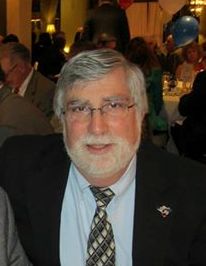
Paul Buccellato, F-IIBEC, RWC, REWC, FASTM, AIA
Henshell & Buccellato, Consulting Architects
Paul Buccellato, F-IIBEC, AIA, FASTM, CSI, is a registered architect in New York, New Jersey, Pennsylvania, and Virginia, and is board certified by the National Council of Architectural Registration Boards. He is a member of the American Institute of Architects, the New Jersey Society of Architects, the Construction Specifications Institute, a Fellow in the International Institute of Building Enclosure Consultants, and a Fellow of ASTM.
He has authored over 28 technical papers on waterproofing and roofing as well as five ASTM standards on roofing and material testing. He has participated in and co-authored several courses for IIBEC on the topics of roofing, waterproofing, exterior walls, and professional development.
 Samir Ibrahim, F-IIBEC, AIA, CSI
Samir Ibrahim, F-IIBEC, AIA, CSI
JSI global Envelope Consulting
IIBEC Education Advisor
Samir Ibrahim is the former design services director of a leading roofing and waterproofing materials manufacturer, where he served for over 40 years. His responsibilities included the oversight of all design and code compliance testing activities as well as the development of educational programs to advance collaboration within the design and building consultant community.
Ibrahim has authored and coauthored papers on sustainability, resiliency, and roof color and energy (published in the Huffington Post in 2013). He has presented at several international roofing and waterproofing events in the United States and abroad. Ibrahim also served as a panelist on vegetative roofing and roof sustainability during the International Conference on Waterproof Membranes.
In addition to his role at JSI global, Ibrahim currently serves as the education advisor for IIBEC.

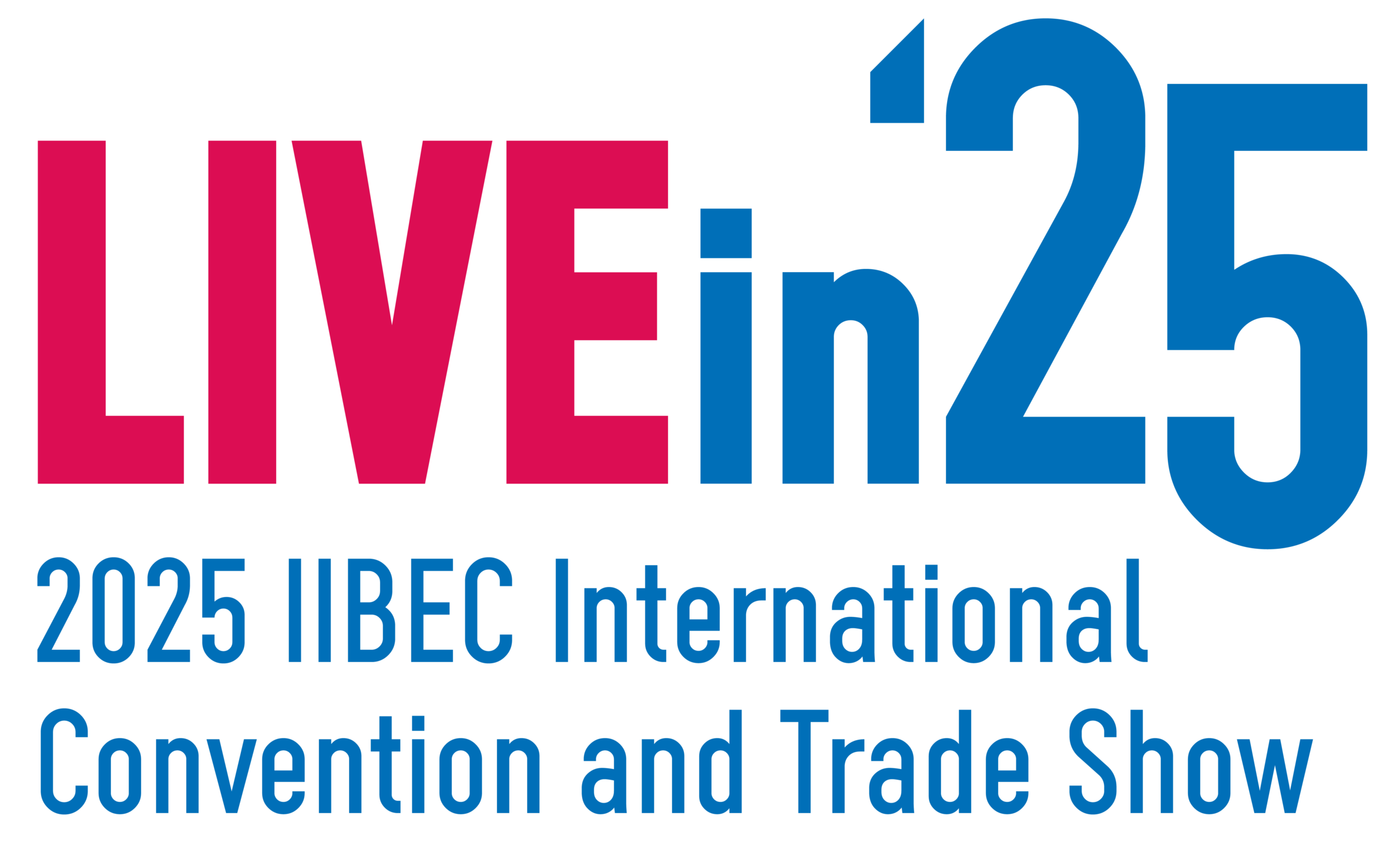

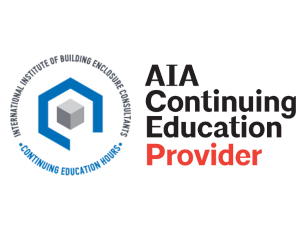

 Samir Ibrahim, F-IIBEC, AIA, CSI
Samir Ibrahim, F-IIBEC, AIA, CSI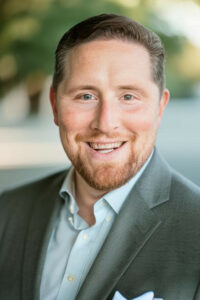 Michael Ramos
Michael Ramos Dave Edkins, BE (Civil), CMEngNZ, CPEng, IntPE, APEC Eng, PhD
Dave Edkins, BE (Civil), CMEngNZ, CPEng, IntPE, APEC Eng, PhD Graham Tennent
Graham Tennent Nick Edkins
Nick Edkins Abigail Hanson, PE, BECxP, CxA+BE
Abigail Hanson, PE, BECxP, CxA+BE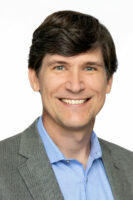 Jeffrey Kobes, PE, SE
Jeffrey Kobes, PE, SE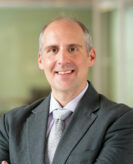 Corey Wowk, AIA, LEED AP
Corey Wowk, AIA, LEED AP Michael Narcis
Michael Narcis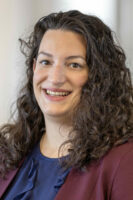 Leonidia Garbis, PE, LEED GA
Leonidia Garbis, PE, LEED GA Stephen Shanks, CxA, BECxP, NDT Level III
Stephen Shanks, CxA, BECxP, NDT Level III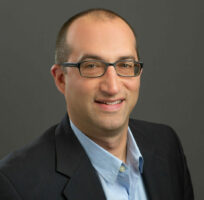 Keith Simon, FAIA, BECxP, CxA+BE, CPHC, LEED AP, CEI
Keith Simon, FAIA, BECxP, CxA+BE, CPHC, LEED AP, CEI Leah Ruther, PE
Leah Ruther, PE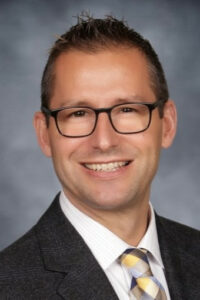 Brian Tognetti, RA, CCCA, NCARB
Brian Tognetti, RA, CCCA, NCARB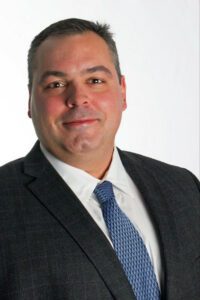 Mathew Dupuis, PhD, PE
Mathew Dupuis, PhD, PE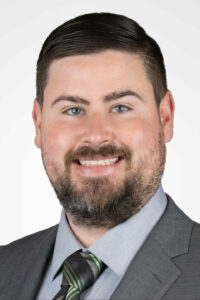 Robert M. Chamra, P.E.
Robert M. Chamra, P.E. Scott Wood
Scott Wood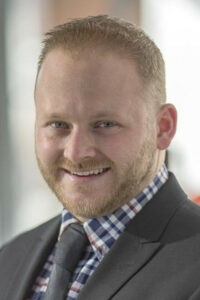 Christopher Grey, PEng
Christopher Grey, PEng 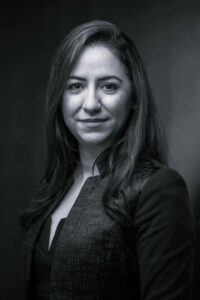 Samira Ahmadi, BEMP, LEED AP, WELL AP
Samira Ahmadi, BEMP, LEED AP, WELL AP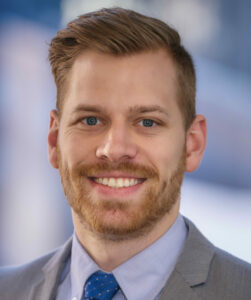 Paul Sujka, PE
Paul Sujka, PE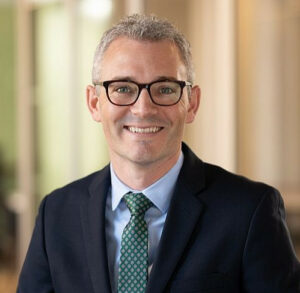 Matthew Normandeau, PE, LEED AP
Matthew Normandeau, PE, LEED AP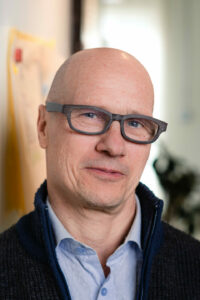 Peter Meijer, AIA, RP
Peter Meijer, AIA, RP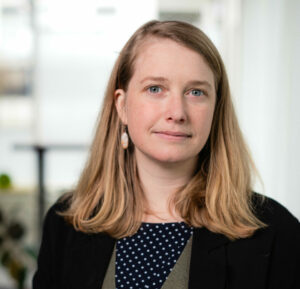 Hali Knight
Hali Knight Neha Verma, BECxP, CxA+BE
Neha Verma, BECxP, CxA+BE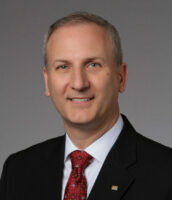 Stephane Hoffman, PEng, PE
Stephane Hoffman, PEng, PE Ivan Lee, PEng
Ivan Lee, PEng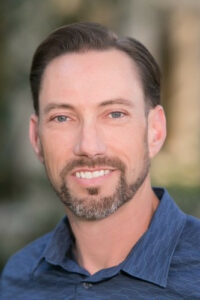 Wade Shepherd
Wade Shepherd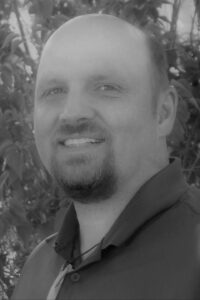 Robin Anderson
Robin Anderson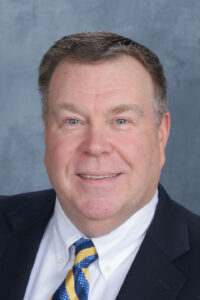 Robert Haley, BSME
Robert Haley, BSME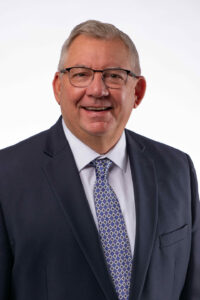 Robert Dazel, AIA, CSI, LEED GA
Robert Dazel, AIA, CSI, LEED GA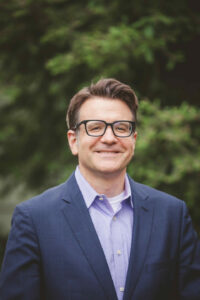 Jim Schneider, LEED AP
Jim Schneider, LEED AP Kipp Gaynor, PE, CDT
Kipp Gaynor, PE, CDT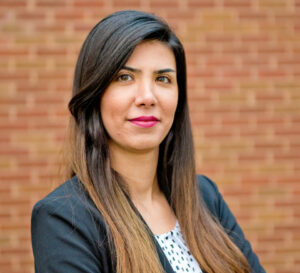 Bahareh Forouzan, CDT, PE, PhD
Bahareh Forouzan, CDT, PE, PhD Javeriya Hasan, PhD (Building Science), MBSc, MSc, BEng (Hons), EIT
Javeriya Hasan, PhD (Building Science), MBSc, MSc, BEng (Hons), EIT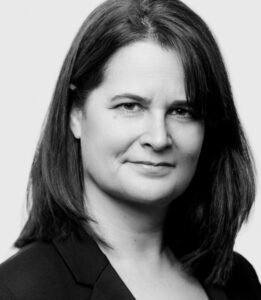 Dana Bjornson, PEng, MArch
Dana Bjornson, PEng, MArch Don Lamont, RRO, NCRA Certified Trainer, A2LA-ISO/IEC 17025 (Laboratory Accreditation), Commercial Drone License, Xactimate Certified Level 1–3, Certified Level 1 Thermographer, IFR Certified, Appraiser Certified
Don Lamont, RRO, NCRA Certified Trainer, A2LA-ISO/IEC 17025 (Laboratory Accreditation), Commercial Drone License, Xactimate Certified Level 1–3, Certified Level 1 Thermographer, IFR Certified, Appraiser Certified Clemente Zamarripa, PE
Clemente Zamarripa, PE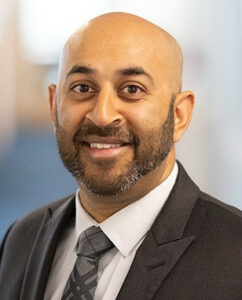 Amrish Patel, PE
Amrish Patel, PE